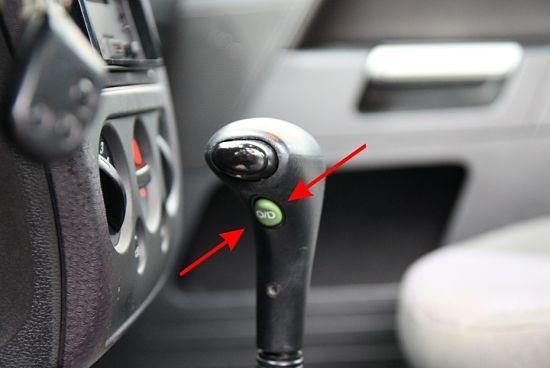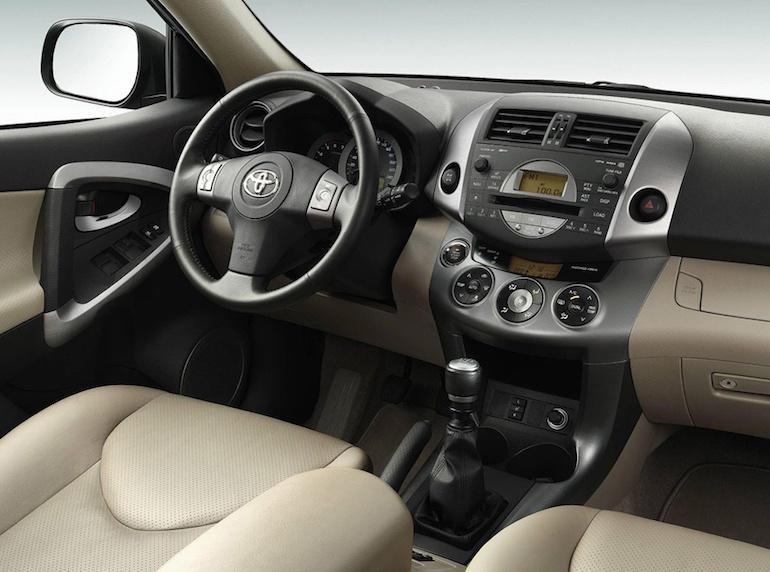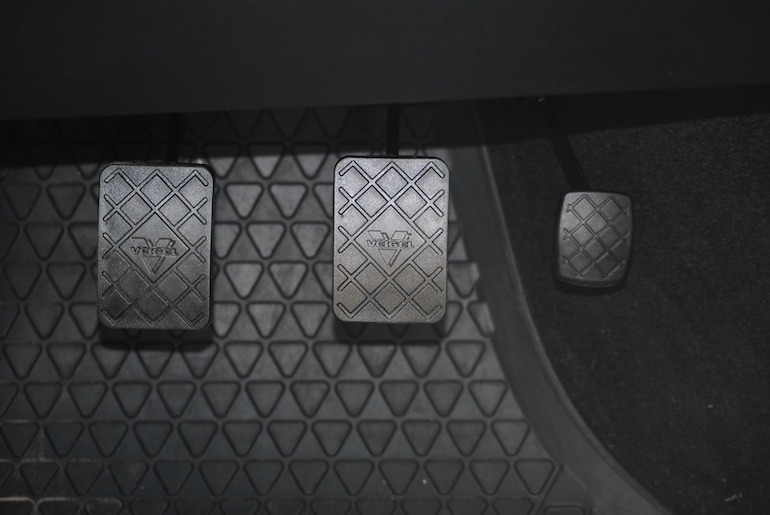
what is that on the box? O/D
An automatic transmission differs from a manual transmission in that gear shifting occurs automatically. The electronic control unit itself selects the optimal driving mode for certain conditions. The driver simply presses the gas or brake pedals, but he does not need to squeeze the clutch and select the desired speed mode with his own hands. This is the main advantage of driving cars with automatic transmission.
If you have such a car, you probably noticed the Overdrive and Kickdown modes. We have already described what Kickdown is on the Vodi.su website, and in today's article we will try to figure out what overdrive is:
- How does he work;
- how to use overdrive;
- pros and cons, as displayed on the serviceability of the automatic transmission.
Purpose
If kickdown is analogous to downshifts on the mechanics, which are engaged when maximum engine power is needed for hard acceleration, for example, then overdrive is the exact opposite. This mode is analogous to the fifth overdrive on a manual transmission.
When this mode is on, the O/D ON light on the instrument panel lights up, but if you turn it off, the O/D OFF signal lights up. Overdrive can be turned on independently using the corresponding button on the selector lever. It can also turn on automatically as the car accelerates on the highway and travels at one constant speed for a long time.

You can turn it off in different ways:
- by pressing the brake pedal, the box at the same time switches to 4th gear;
- by pressing the button on the selector;
- by sharply pressing the gas pedal, when you need to pick up speed sharply, at the same time, as a rule, the Kickdown mode starts to work.
In no case should you turn on overdrive if you are driving off-road or pulling a trailer. In addition, turning off this mode is used when braking the engine, that is, sequentially switching from higher to lower modes occurs.
Thus, Overdrive is a very useful feature of an automatic transmission, as it allows you to switch to a more economical mode of engine operation.
When should overdrive be enabled?
First of all, it should be said that, unlike the Kickdown option, overdrive does not have to be turned on regularly. That is, in theory, it can never be turned on at all and this will not be reflected negatively on the automatic transmission and the entire engine as a whole.
Notice one more thing. It is generally believed that O/D ON consumes significantly less fuel. However, this is true only if you are driving at speeds of the order of 60-90 km / h. If you travel on a highway at 100-130 km / h, then the fuel will be consumed very decently.
Experts recommend using this mode in the city only when driving for a long time at a constant speed. If the usual situation arises: you are driving in a dense stream along a gentle slope at average speeds of the order of 40-60 km / h, then with active OD, the transition to one or another speed will occur only if the engine reaches the required speed. This means that you will not be able to accelerate sharply, much less slow down. Thus, in these conditions, it is better to turn off the OD so that the automatic transmission runs more smoothly.

It is not always easy for beginners to understand this function from their own experience, but there are standard situations when it is recommended to use it:
- when traveling out of town on a long trip on the highway;
- when driving at a constant speed;
- when driving at 100-120 km / h on the autobahn.
OD allows you to enjoy a smooth ride and comfort while driving. But if you prefer an aggressive driving style, accelerate and brake sharply, overtake, and so on, then it is not advisable to use OD, since this will wear out the box faster.
When is overdrive turned off?
There is no specific advice on this issue, however, the manufacturer himself does not recommend using OD in such cases:
- driving on long ascents and descents when the engine is running at full power;
- when overtaking on the highway - the gas pedal to the floor and the automatic inclusion of Kickdown;
- when driving around the city, if the speed does not exceed 50-60 km / h (depending on the specific car model).
If you are driving along the highway and are forced to overtake, then you need to turn off the OD only by sharply pressing the accelerator. Removing your hand from the steering wheel and pressing the button on the selector, you risk losing control of the traffic situation, which is fraught with serious consequences.

Advantages and disadvantages
The benefits are as follows:
- smoother engine operation at low speeds;
- economical consumption of gasoline at speeds from 60 to 100 km / h;
- the engine and automatic transmission wear out more slowly;
- comfort when driving long distances.
There are a lot of cons too:
- most automatic transmissions do not provide the option to refuse OD, that is, it will turn on on its own, even if you gain the required speed for a short time;
- in the city at low speeds it is practically useless;
- with frequent switching on and off, a push from the torque converter blocking is clearly felt, and this is not good;
- the process of engine braking becomes more complicated, which is necessary, for example, when driving on ice.
Fortunately, OD is not a standard driving mode. You can never use it, but because of this, you will also not be able to use the full functionality of your own car. In a word, with a smart approach, any function is useful.
Loading…
